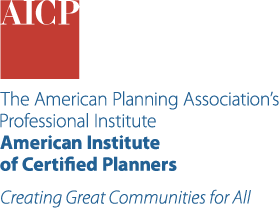Why Can’t We All Get Along?
For only $180, get a full year of unrestricted access to APA's extensive learning library. Kickstart your journey by subscribing to Passport, then take the next step by enrolling in the courses that pique your interest.
Certification Maintenance
Course Details
Colorado water law provides impediments to creating water-efficient strategies, such as greywater reuse or non-potable systems, which makes development more expensive. Additionally, water is a commodity traded on the open market, and governments have to compete at a larger economic scale over a scarce resource. The consequences of these barriers created an environment where only places that have access to and can afford water will grow. These factors led to sweeping state legislative changes to water use that finally allow more innovative, efficient approaches.
The City of Fort Lupton and the Town of Hudson realized that they might need each other to grow smart by creating a framework for sharing burdens and increasing efficiency in development. Through an intergovernmental agreement, Fort Lupton and Hudson have established boundaries for shared utility service areas, consistent development standards and land use principles, and clear processes for new projects. Learn how these communities established guidelines for coordinated water and sewer service, compromised on land use and development, and navigated the political process to reach a shared goal. Intergovernmental agreements can be a simple tool for reimagining sustainable land use.
Learning Outcomes
- Understand how the complexities of water and utilities in the West affect growth and development.
- Highlight an example of successful integration of water resources and land use planning.
- Apply tools to create consistent and efficient land use in local communities.


